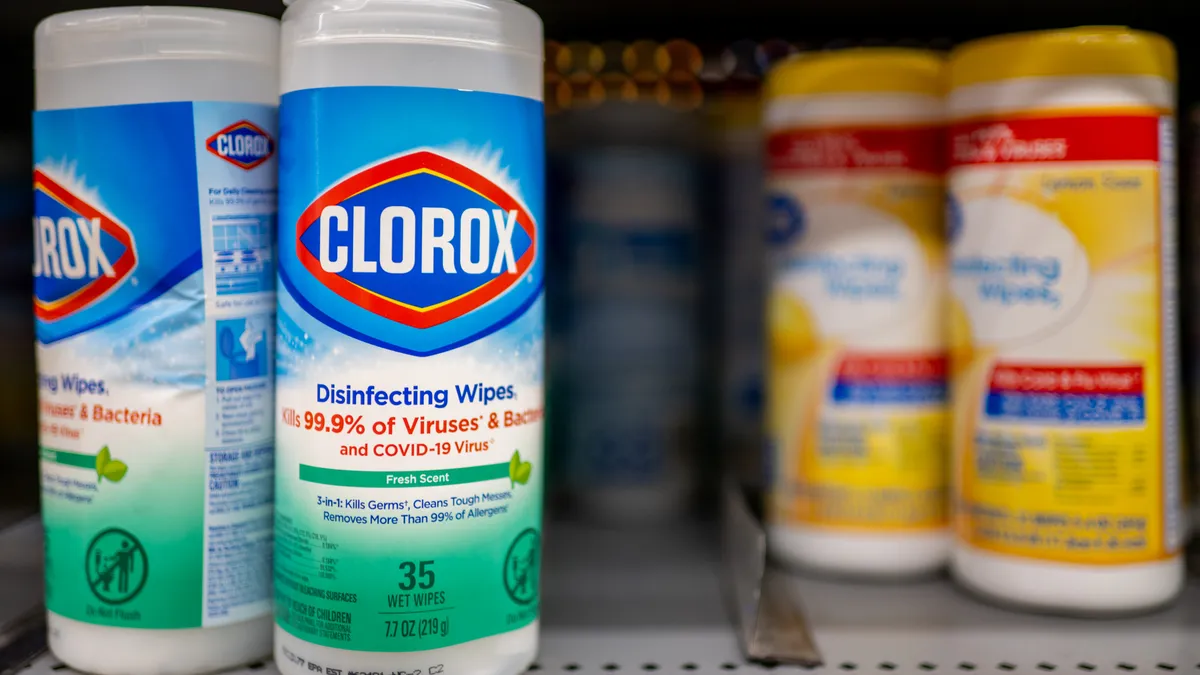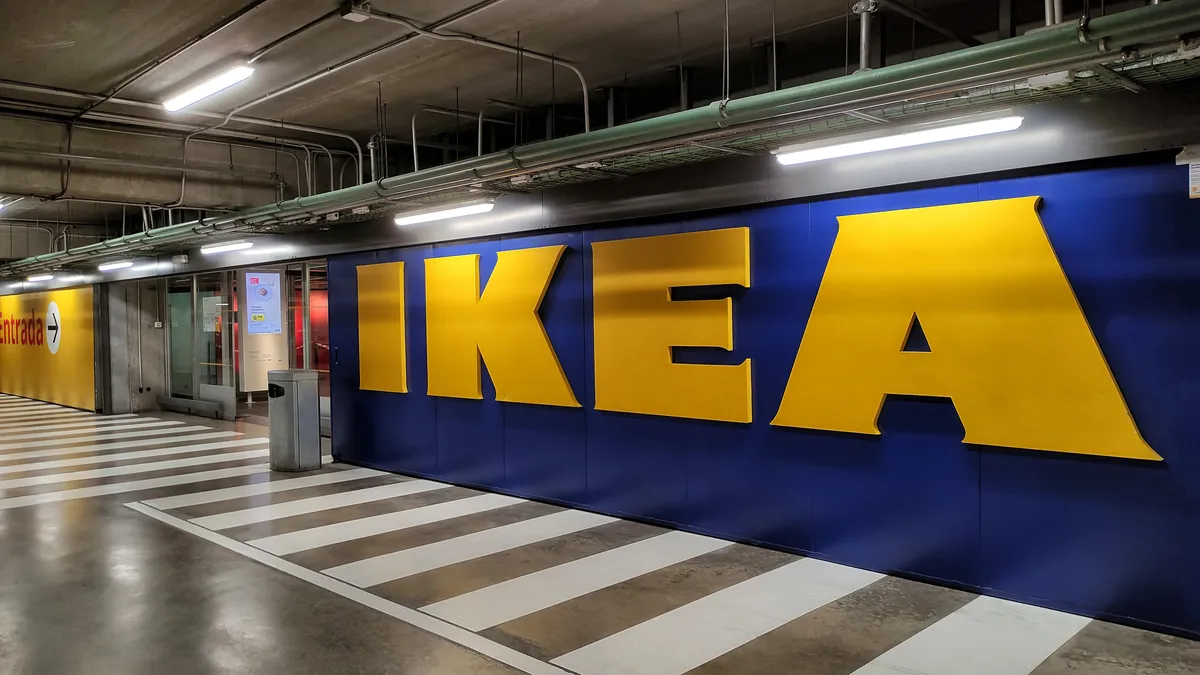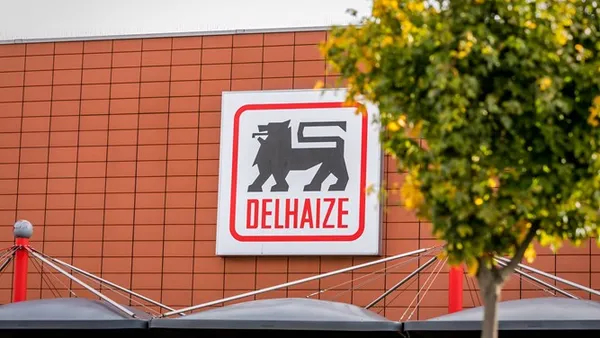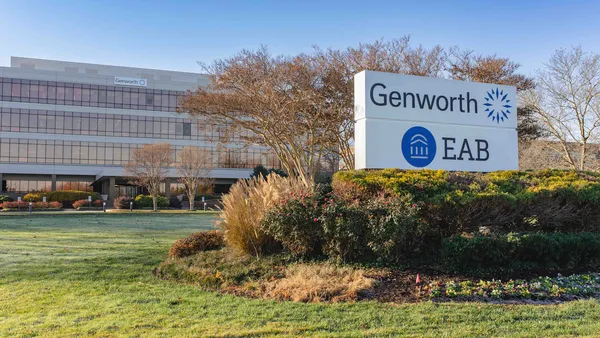Dive Brief:
- The Clorox Company executives pushed back against analyst concerns over the cost of its multiyear ERP upgrade and modernization efforts during a Monday financial report.
- “I can't speak to someone else's transformation, but that's the cost of doing that,” CEO Linda Rendle said in response to an analyst question during its Q2 2025 earnings call. “We feel very confident that this has a strong return for our shareholders. We wouldn't have invested in it if it didn't.”
- Clorox is currently in year four of a five-year modernization plan slated to cost up to $580 million, which includes its first ERP upgrade in two decades, AI investments, a new operating model and widescale modernization of processes and systems. The company’s goal is to unlock productivity and efficiency gains while also driving growth.
Dive Insight:
Digital transformations rarely conclude without a few bumps in the road, especially for multiyear ERP overhauls, which are often costly and time-consuming.
Clorox had to pause its ERP upgrade in the wake of a 2023 cyberattack that hurt sales and operations, ultimately costing the company around $49 million. As Clorox resumed its ERP overhaul, leaders took a “maniacal” approach to creating documentation to get the project on track.
Other manufacturers and retailers have also taken on big, costly IT upgrades in recent years.
Ulta Beauty pushed past hiccups during its modernization project last year. The beauty company’s multiyear, $180-million plan created friction for teams that ran into operational challenges while managing dual systems.
“A change of this magnitude when you’re going through [distribution centers] and stores, it’s really not easy,” Former Ulta CEO Dave Kimbell said during the company’s Q3 2024 earnings call in December. Former COO and President Kecia Steelman took on the CEO role effective Jan. 6, while Kimbell will remain as an advisor through June 28.
Food manufacturer Lamb Weston had a shaky transition impacting sales and visibility during its SAP infrastructure upgrade in 2024. Hershey also hit a sales and inventory dip as part of an ERP upgrade last year.
Despite challenges, businesses are prioritizing ERP upgrades. More than 4 in 5 manufacturers have adopted or upgraded an ERP in the past year, according to a Parsec survey. Respondents cited greater flexibility, improved supply chain visibility, better regulatory compliance and decision-making as the key benefits.
Clorox anticipates its ERP transition will begin driving identifiable growth in the year ahead.
“This new ERP implementation is going to fundamentally modernize the backbone of our operations and allow us to really modernize a lot of capabilities, which will set us up for really strengthening our competitive advantage for years to come,” Treasurer and Incoming CFO Luc Bellet said during the call this week. CFO Kevin Jacobsen will retire April 1.
Bellet is taking the financial reins at the tail end of the company’s transformation project.
“We have to work before we can run,” Bellet said. “But after we’ve done the transitions, there'll be a lot of opportunity to capitalize on it.”
In July, the company’s ERP solution for U.S. business operations will begin to go live. The plan is for all U.S. locations to transition to the new system over six months starting in July.
“This is a very standard way that our manufacturers go through an ERP transition,” Rendle said. “We’ve done a lot of benchmarking, and given we’re one of the later people to transition on this ERP, we have a lot of learnings from our peers.”














